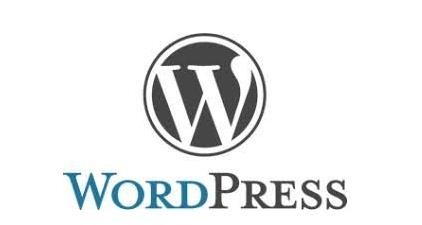WordPress Basic Training – Creating a Blog Post
WordPress is a very popular CMS (Content Management System) that allows anyone to easily create and edit website content without a lot of hassle. WordPress uses a simple WYSIWYG (pronounced WizzyWig) editor. WYSIWYG stands for What You See IS What You Get. This refers to the fact that it is like writing a Word Document and whatever shows up on the screen is pretty much what you will see on the final page, but without the template formatting.
Setting Up WordPress:
If you are a client of ours or already had WordPress installed, you can skip this part entirely. We specialize in the technical setup and template configuration. Templates are what give each site it’s particular appearance. Setup and Templates are not for beginners. It requires knowledge of web server file systems, FTP file transfer and MySQL database setup. Templates require CSS (Cascading Style Sheet) and custom graphic skills. Onward!
Logging in:
WordPress requires that you register a user account. This account identifies you as an authorized administrator, editor, contributor or subscriber on the site. For most people who want to just blog, the editor role is best. The editor role allows you to create and edit new pages and posts. The site administrator will assign your role.
To login into your WordPress installation, you typically go to http://www.yourdomain.com/wp-admin (replace yourdomain.com with your actual domain name.)
Once there, you can register, login or reset your password. If this is your first time, you need to register. Once you have a user name and password established and the site administrator approves your account, you can login to your editor account.
The editor account has a limited LSB (left side bar) that restricts you to just the tasks you need. If blogging, you will only be concerned with POSTS.
Pages and Posts:
This is a very important concept: If you had us or another designer build your site, then you can likely ignore pages. Pages are the static content of your main site pages, like your home page, about us page and product or service pages. It is not recommended that you edit pages as they will change the main site pages of your site. For blogging purposes, it is POSTS that you need to know.
Posts are for blogging:
Posts are just like pages except for the fact that they are listed in chronological order on the main blog page that your administrator should have set up. As new posts are created, old posts are moved down the page. This is a very simple process. If you have any problems using the Post editor, there is a fantastic HELP resource located in the upper right hand corner of the page.
The basic step of creating a post are as follows:
- Enter a Title
- Enter the body content text. You can also insert photo content using the INSERT MEDIA tool which lets you upload files from your local PC. It is recommended you use the Visual editor mode rather than the text mode.
- Once you are done editing the body content, click the blue PUBLISH. Button at the right side of the page.
- After clicking PUBLISH, preview the page using the grey PREVIEW button just above the PUBLISH button. If you don’t want to publish right away you can instead use the Save Draft button and finish editing later. The public won’t see drafts, but once you click PUBLISH, the post is LIVE to the world.
Easy Peasy! See the helpful video below on how to create and publish a simple blog post. CONTACT US if you require help with this topic.
Professional WordPress: Design and Development
Wordpress All-in-One for Dummies (For Dummies (Computer/Tech))
Teach Yourself Visually Wordpress
WordPress for Beginners 2018: A Visual Step-by-Step Guide to Mastering WordPress (Webmaster Series Book 2)
$4.79 (as of February 26, 2025 18:58 GMT -06:00 - More infoProduct prices and availability are accurate as of the date/time indicated and are subject to change. Any price and availability information displayed on [relevant Amazon Site(s), as applicable] at the time of purchase will apply to the purchase of this product.)Wordpress for Dummies (For Dummies (Computer/Tech))
Step-By-Step WordPress for Beginners: How to Build a Beautiful Website on Your Own Domain from Scratch (Video Course Included)
WordPress: The Missing Manual
Wordpress for Beginners 2017: A Visual Step-by-Step Guide to Mastering Wordpress


















